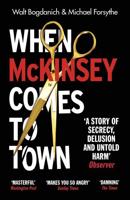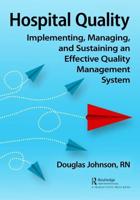Publisher's Synopsis
Inhaltsangabe: Abstract: The securitisation of loans, backed by mortgage liens, has an impressive tradition. The technique was established 234 years ago, in line with the development of the German Pfandbrief". Compared to Germany, the US market has dealt with the securitisation of mortgage loans and the issuance of Mortgage-Backed Securities (MBS) since the 1970´s. Based on the success of MBS, non-mortgage assets were used for securitisation purposes, resulting in a market for Asset-Backed Securities (ABS). In 2003, the US market issued a total volume of 494 $ billion Asset-Backed Securities, whereas the amount of European issuances increased from 80 billion in 2000 to approximately 190 billion in 2003. Today, the US securitisation market accounts for 80% of the global ABS market, whereas Europe has a global market share of 10%. Within the European market, the United Kingdom is the biggest player, generating a market share of 41%. Germany, as being the largest European provider of corporate, retail and building loans, remains with a global market share of 1% and a European market share of 3%, far below its possibilities. Even though the underlying survey shows that 71% of the interviewed companies believe in a subordinated role of Commercial Mortgage-Backed Securities (CMBS), the relevance of MBS for the European market is underlined by a differentiation of ABS asset classes. MBS, divided into Residential Mortgage-Backed Securities (RMBS), with a market share of 59%, and Commercial Mortgage-Backed Securities, with a market share of 6%, constitute the most important ABS type. In Germany, an analysis of the potential for true sale securitisations is reasonable. Only one quarter (237 billion) of all German mortgage loan portfolios is funded through the utilisation of Pfandbriefe. As a consequence the volume for securitisations amounts to approximately 750 billion. Additionally, mortgage banks have funded 61% of their portfolios by issuing Pfandbriefe, wher












